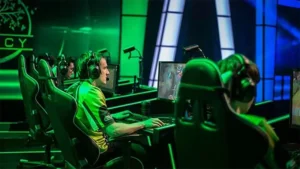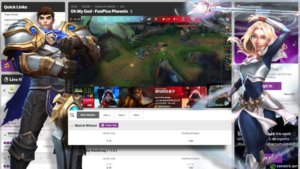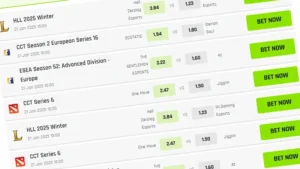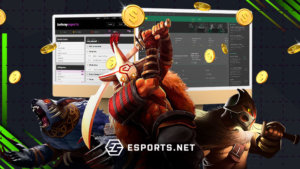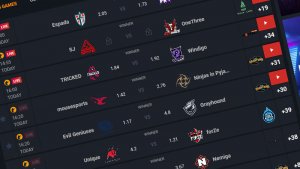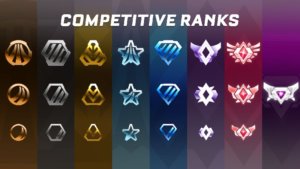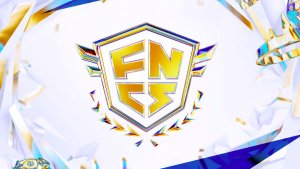If you are a Hearthstone or another card game lover, then Splinterlands might be for you. It is a digital card game that features various effects and abilities and a play-to-earn mechanic.
This article will provide more details about Splinterlands gameplay.
Splinterlands overview
Unlike other NFT games, players can earn money in Splinterlands by playing it for free. The only requirement is a $10 purchase which gives you certain benefits. It features unique cards with various effects and stats that can battle against other players.
The NFTs in Splinterlands are collectable cards that can be bought, sold, or transferred. Unlike games like Hearthstone, this Splinterlands review shows how Splinterlands cards work and how they can be used with blockchain technology.
Although the game is free to play, you need to purchase the Summoner’s Spellbook to get real money. This is where the $10 requirement comes in. The Summoner’s Spellbook costs $10 and is a reasonable price considering the amount of money you need to invest in other NFT games. You can learn more in the Splinterlands guide.

© Splinterlands-Official Facebook Page
Read Also: Splinterlands Review
Splinterlands gameplay: card types & card basics
For choosing a card lineup, you will first need to decide what type of summoner element you want to use. Then, you will be able to select a monster based on what elements your summoners have.
Each summoner has its own debuff and buff that will reflect the type of monster or opponent you want to use.
If you decide to use a fire summoner, you will only be able to choose a fire monster, except for those with a neutral monster that can be used for any elemental summoners.
There are several types of Splinterlands cards:
- Melee cards: melee cards are those that can usually attack when placed on the front line. Some of them have higher HP and shields than other cards. A few melee cards have special effects, such as a sneak ability that gives them the chance to attack the cards of opponents even when placed behind;
- Range attack cards: this type of card serves as a sniper and damage dealer since it can only attack when placed on the formation’s back end;
- Magic attack cards: A magic attack card is another type of card that can attack from a distance. One of its most notable abilities is ignoring the shield of its opponent;
Some monsters can also be used with special abilities. Having good abilities is very important to win a duel.
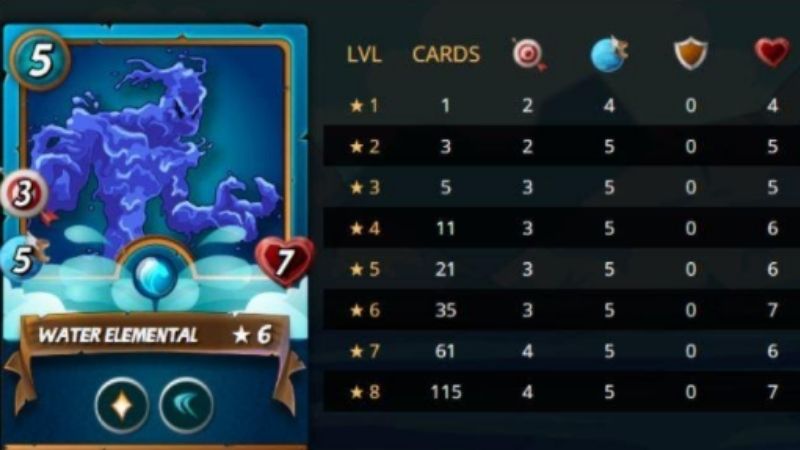
(mage credit: Bitpinas)
Splinters overview
It is crucial for players to come up with a proper Splinterlands strategy with collections consisting of a variety of cards.
As players progress in the game, they need to realize that they have to balance their cards collection with all six splinters.
These splinters are:
- Fire: monsters here generally have fast and strong melee attacks. The best way to use a fire splinter is against low health or low-speed monsters. One of the strongest summoners is Yodin Zaku. Fire splinter is a good choice for aggressive players who love fast-paced games. Fire splinters are Magma Troll, Molten Ogre, Giant Roc, and Serpentine Spy;
- Water: for water splinters, there are mostly melee monsters. However, the monsters that stand out the most here are magic monsters. These monsters work well with the water summoner Alric. Examples of water splinter cards are Mermaid Healer, Mischievous Mermaid, Medusa, and Lobstradamus;
- Earth: earth splinter is a good choice for most monsters. It has a good mix of ranged and melee attacks. Earth splinter is also known to have high health. Since it is not used in the magic collection, overall, water splinters are mostly preferred. Examples of earth splinter cards are Nectar Queen, Goblin Thief, Minotaur Warrior, and Biceratops;
- Life: life splinter has a good number of monsters with toughness stats. One of its most notable abilities is the repair. This means that life splinters are more of defense weapons than aggressors. Luminous Eagle, Feral Spirit, Shieldbearer, Silvershield Knight, Clay Golem, and Armorsmith are examples of life splinters;
- Death: even though the title of the splinter may imply that it is evil, it can still be a pretty competitive and decent splinter. Death splinters have impressive magic monsters. Maggots, Undead Badger, Cursed Slimeball, Giant Scorpion, and Nightmare are examples of death splinters;
- Dragon: with many dragon splinter monsters with high mana counts, it is not uncommon to face other dragon splinters in terms of health and attack stats. Note that players must pick a splinter color monster to mix the dragons. Examples of dragon splinters are Chromatic Dragon, Lightning Dragon, Red Dragon, Dragon Jumper and the Vigilator;
Neutral splinter cards also exist known as mercenaries in Splinterlands.
Stats overview
Every Splinterland card, regardless of the element, have distinctive stats. These stats vary depending on the type of card and monster which is important for your Splinterlands gameplay.
They also improve depending on the rarity of the card and its overall value in the marketplace. You can sell one on the open market for cryptocurrency if you have multiple cards.
The collection window allows you to filter through all of your cards and see which ones are special to you. It also allows you to create a team and build a reputation based on the stats of these cards.
Preparing For Battle Overview
The beginning of the game can be slow. The best way to improve your career is by blogging about it and using the crypto that you earn to purchase more in-game assets.
Once you have the monsters you want, it is time to start leveling up your team.
Before you can use leveled monsters, your summoner has to be leveled. There are also more details on level limitations under stats.
When it comes to dropping monsters, consider the increased stats of each monster and the total price of the monsters.
This should help your Splinterlands gameplay.
Read Also: Splinterlands Beginner Guide
